Solar Heat Effect in Room Ventilation CFD Simulation – ANSYS Fluent Tutorial
Solar Heat Effect in Room Ventilation CFD Simulation – ANSYS Fluent Tutorial
- Upon ordering this product, you will be provided with a geometry file, a mesh file, and an in-depth Training Video that offers a step-by-step training on the simulation process.
- For any more inquiries regarding the product, please do not hesitate to reach out to us at info@CFDLAND.com or through our online support assistant.
€190 Original price was: €190.€165Current price is: €165.
This tutorial shows you how to model solar heat effects on indoor air temperature using ANSYS Fluent! Solar radiation coming through windows can greatly change room ventilation patterns and thermal comfort. This step-by-step guide helps you set up a complete CFD simulation of solar heat gain in rooms with different ventilation strategies. You’ll learn how to use the Solar Ray Tracing module in ANSYS Fluent to accurately model solar radiation as it enters windows and heats up floors and walls. This tutorial also includes modeling thermal skirting boards (based on research from Building and Environment journal) to see how they affect indoor air flow when combined with solar heating. Whether you’re designing better natural ventilation systems, improving passive solar heating, or studying thermal stratification in buildings, this CFD approach gives you detailed temperature distribution information. Engineers use these room ventilation simulations to create more energy-efficient buildings and improve indoor thermal comfort without wasting energy. Our guide makes complex solar heat load modeling simple enough for beginners while still providing the advanced techniques needed for accurate building energy simulation.
- Reference [1]: Ploskić, Adnan, and Sture Holmberg. “Heat emission from thermal skirting boards.” Building and Environment5 (2010): 1123-1133.
![Thermal skirting boards (heaters) placed along the inner perimeter of the room [1]](https://cfdland.com/wp-content/uploads/2025/04/Thermal-skirting-boards-heaters-placed-along-the-inner-perimeter-of-the-room-1.webp)
Figure 1: Thermal skirting boards (heaters) placed along the inner perimeter of the room [1]
Simulation Process
We created a detailed 3D room model with transparent windows and set up our simulation using two radiation models working together. First, we activated the Solar Ray Tracing module in ANSYS Fluent to calculate how sunlight enters through windows and heats up surfaces. This module needs information about location, date, time and sun direction to work properly. Then, we added the Discrete Ordinates (DO) radiation model to handle how heat moves between different surfaces inside the room. For the windows, we used special semi-transparent materials that let sunlight pass through but also absorb and reflect some of it – just like real glass. We included a complete ventilation system with air inlets and outlets at realistic positions in the room. The thermal skirting boards were placed along the bottom of walls as heat sources.
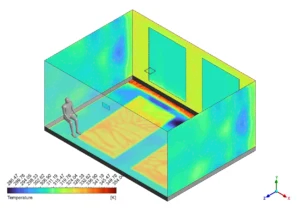
Figure 2: Solar heat radiation coming in from transparent windows of the room
Post-processing
The solar heat gain creates a stunning temperature pattern that completely transforms the indoor thermal environment. Looking at the floor temperature display, we see a bright orange sunlight patch reaching up to 347K (74°C) – hot enough to make that area completely unusable! This solar radiation creates a powerful “thermal driver” for air movement, much stronger than the ventilation system alone could provide. The person sitting in the room is actually in a good spot – away from direct sunlight in a cooler zone around 295K (22°C), which falls within thermal comfort standards. However, if they moved just 2 meters into the sunlit area, they would experience extreme discomfort. The thermal stratification shown in the vertical cross-sections reveals relatively uniform temperatures around 291-293K near the floor (outside the sunbeam), increasing to 295-300K at head height – a sensible gradient for comfort when seated.

Figure 3: Temperature field in the room
The velocity patterns show fascinating airflow dynamics created by the interaction between solar heating and the room’s ventilation strategy. The sunbeam creates a strong thermal plume with air velocities reaching nearly 1 m/s at their peak – four times faster than good comfort ventilation standards of 0.25 m/s. This powerful natural convection current essentially creates its own “solar chimney effect” that could potentially overpower mechanical ventilation systems. From an engineering perspective, this simulation demonstrates why conventional HVAC design often fails in highly glazed spaces – the cooling load calculations must account for both the direct solar heat on surfaces AND the secondary effect of altered airflow patterns. The simulation also reveals several dead zones with minimal air movement in corners away from both the sunlight and ventilation outlets, suggesting that adding strategically placed fans or adjusting vent locations could dramatically improve air distribution and prevent potential moisture or air quality issues in those stagnant areas.
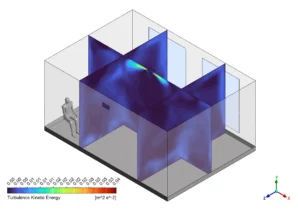
Figure 4: Air distribution in the room – velocity contour
We pride ourselves on presenting unique products at CFDLAND. We stand out for our scientific rigor and validity. Our products are not based on guesswork or theoretical assumptions like many others. Instead, most of our products are validated using experimental or numerical data from valued scientific journals. Even if direct validation isn’t possible, we build our models and assumptions on the latest research, typically using reference articles to approximate reality.
Yes, we’ll be here . If you have trouble loading files, having technical problems, or have any questions about how to use our products, our technical support team is here to help.
You can load geometry and mesh files, as well as case and data files, using any version of ANSYS Fluent.
€155 Original price was: €155.€95Current price is: €95.

€210 Original price was: €210.€155Current price is: €155.

€105 Original price was: €105.€85Current price is: €85.

€160 Original price was: €160.€75Current price is: €75.

€320 Original price was: €320.€175Current price is: €175.

€240 Original price was: €240.€115Current price is: €115.


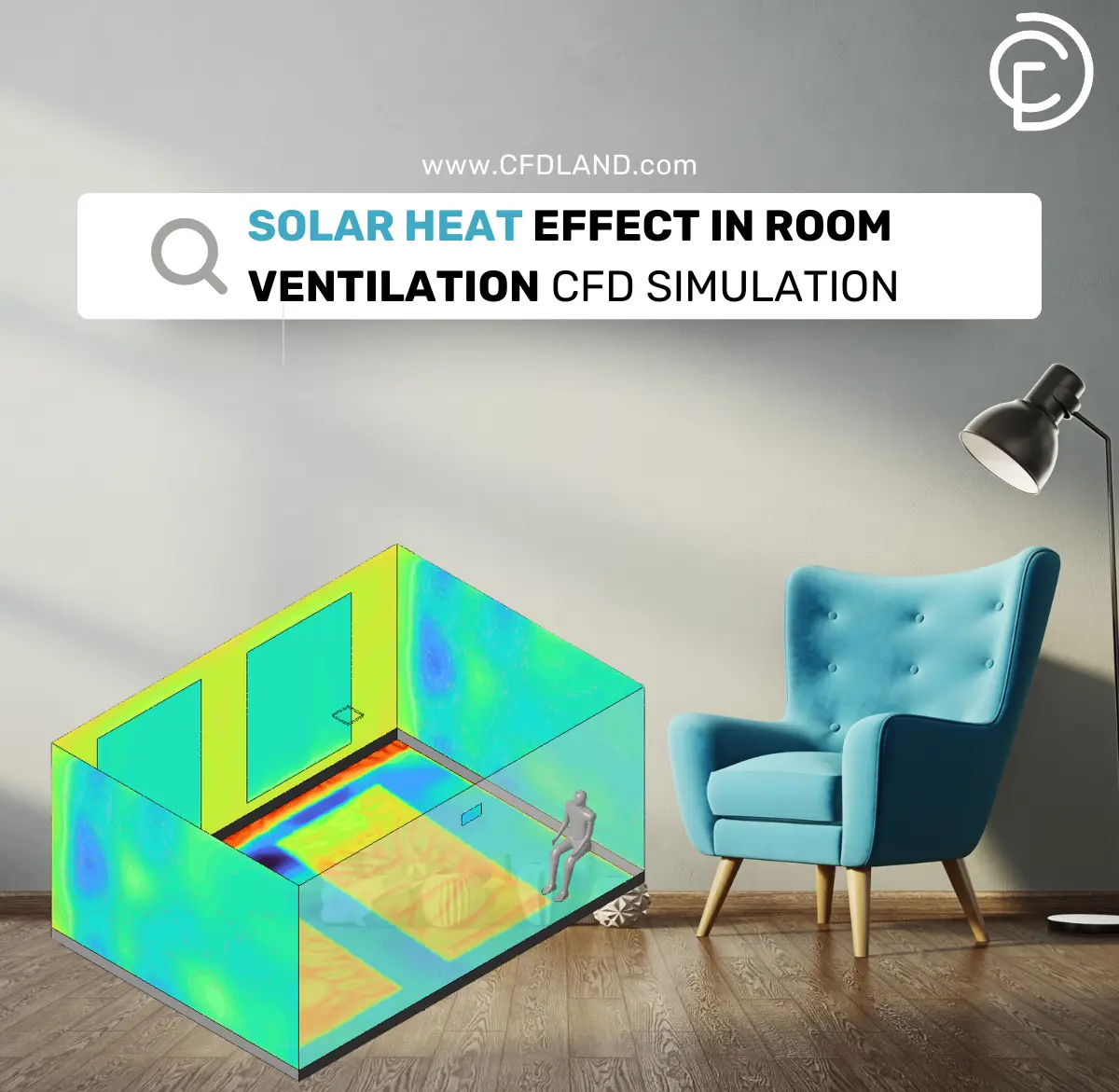

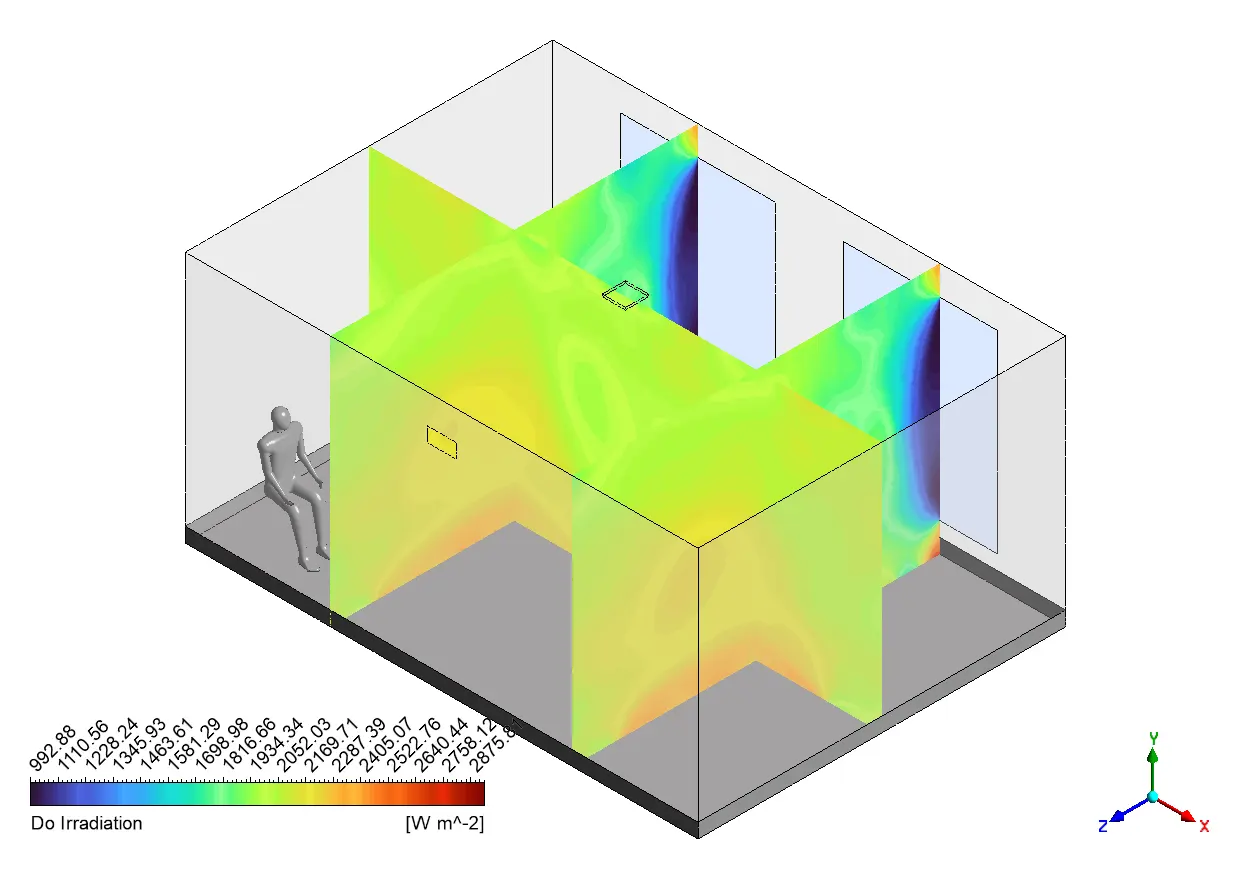
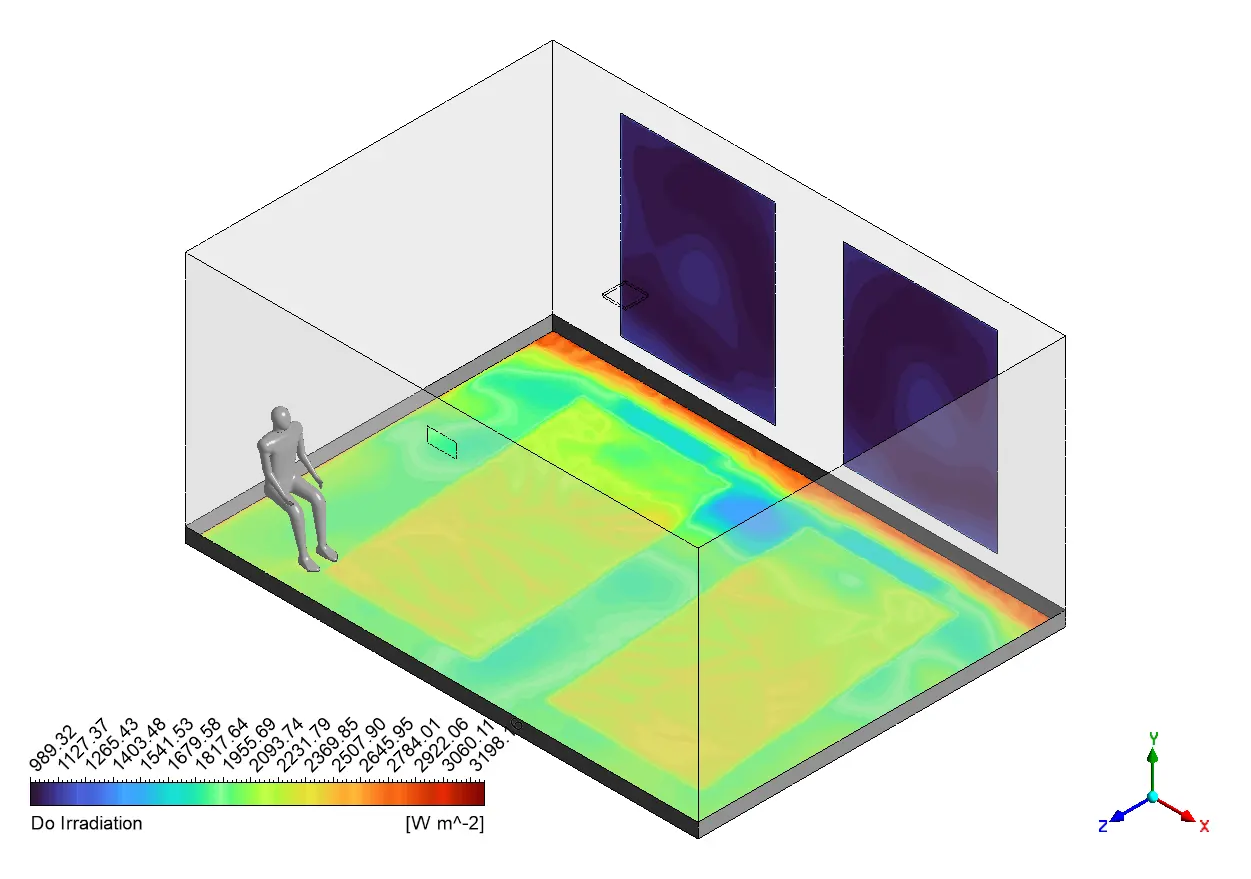
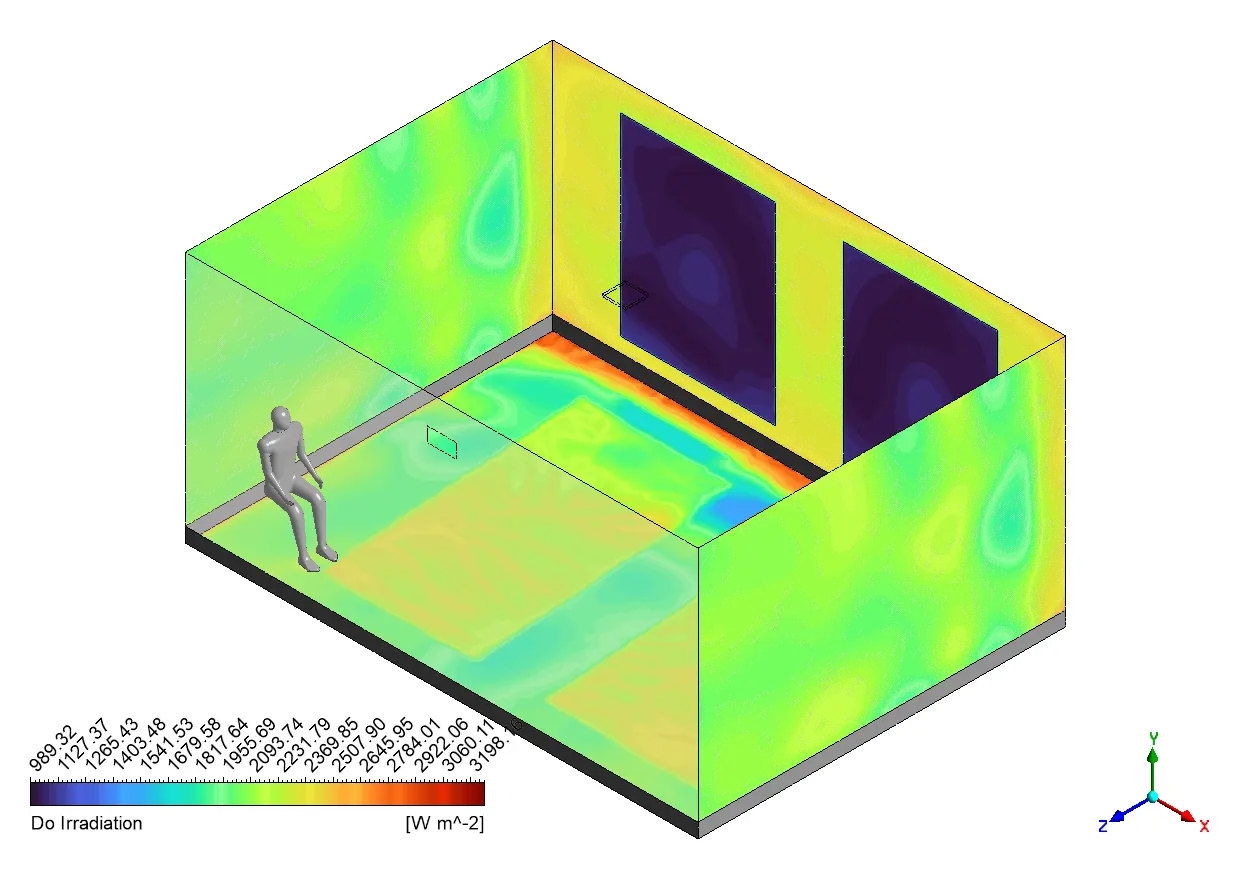

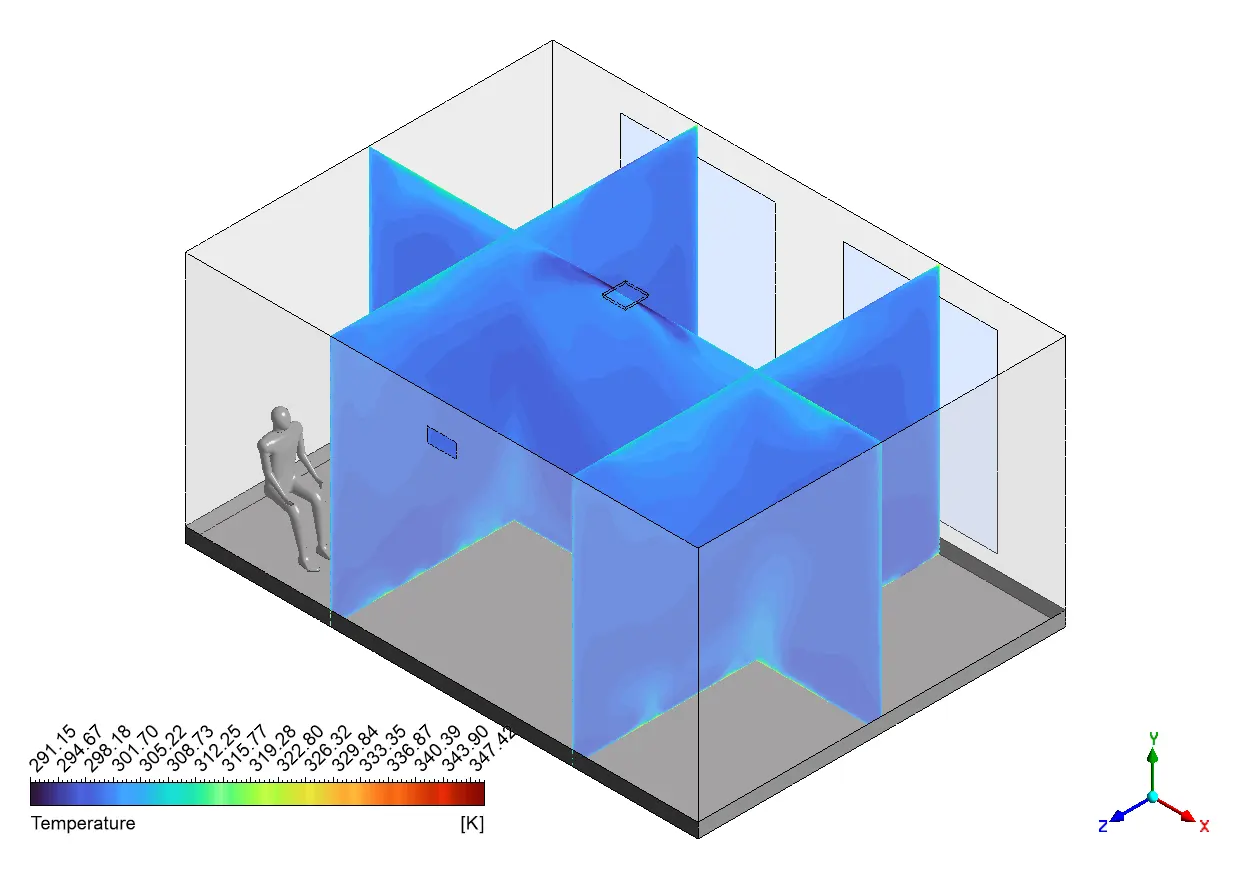
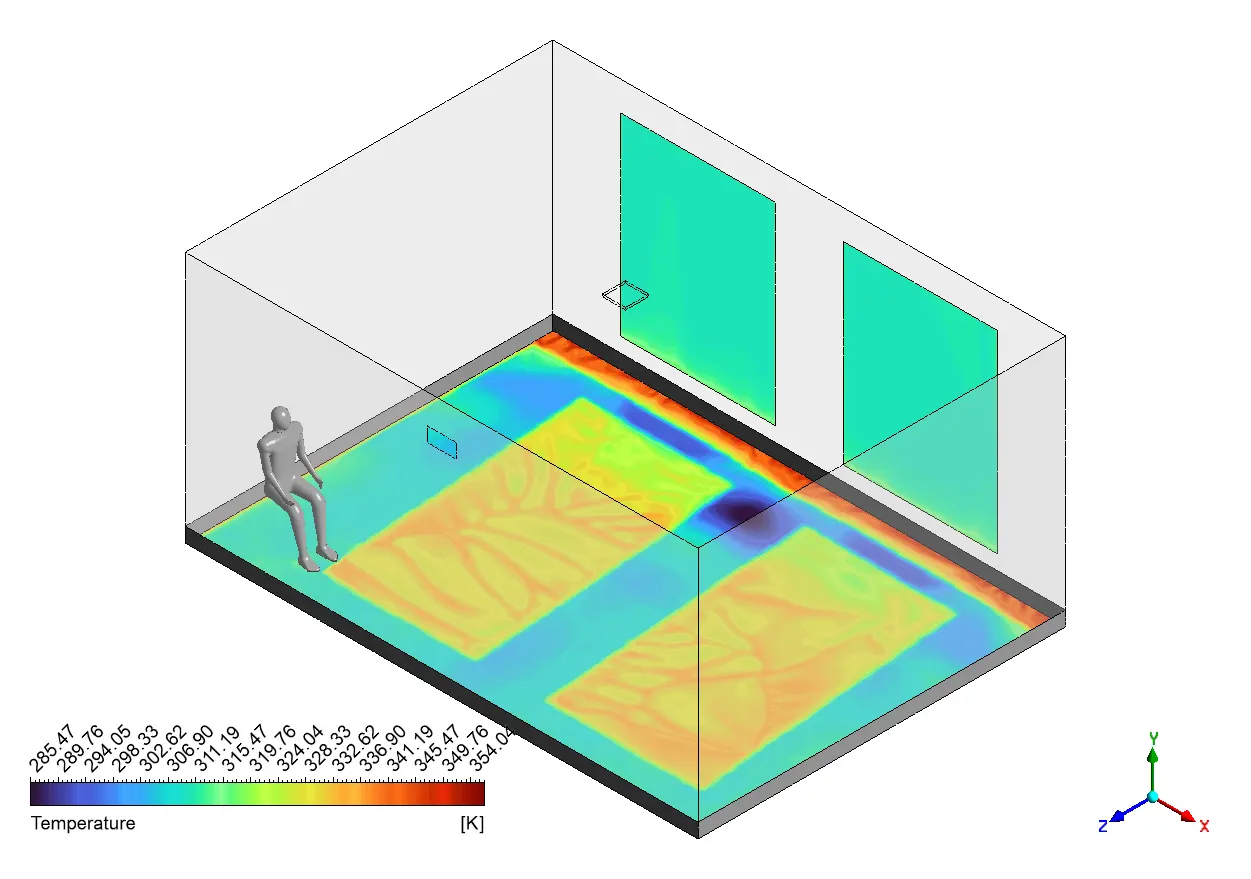
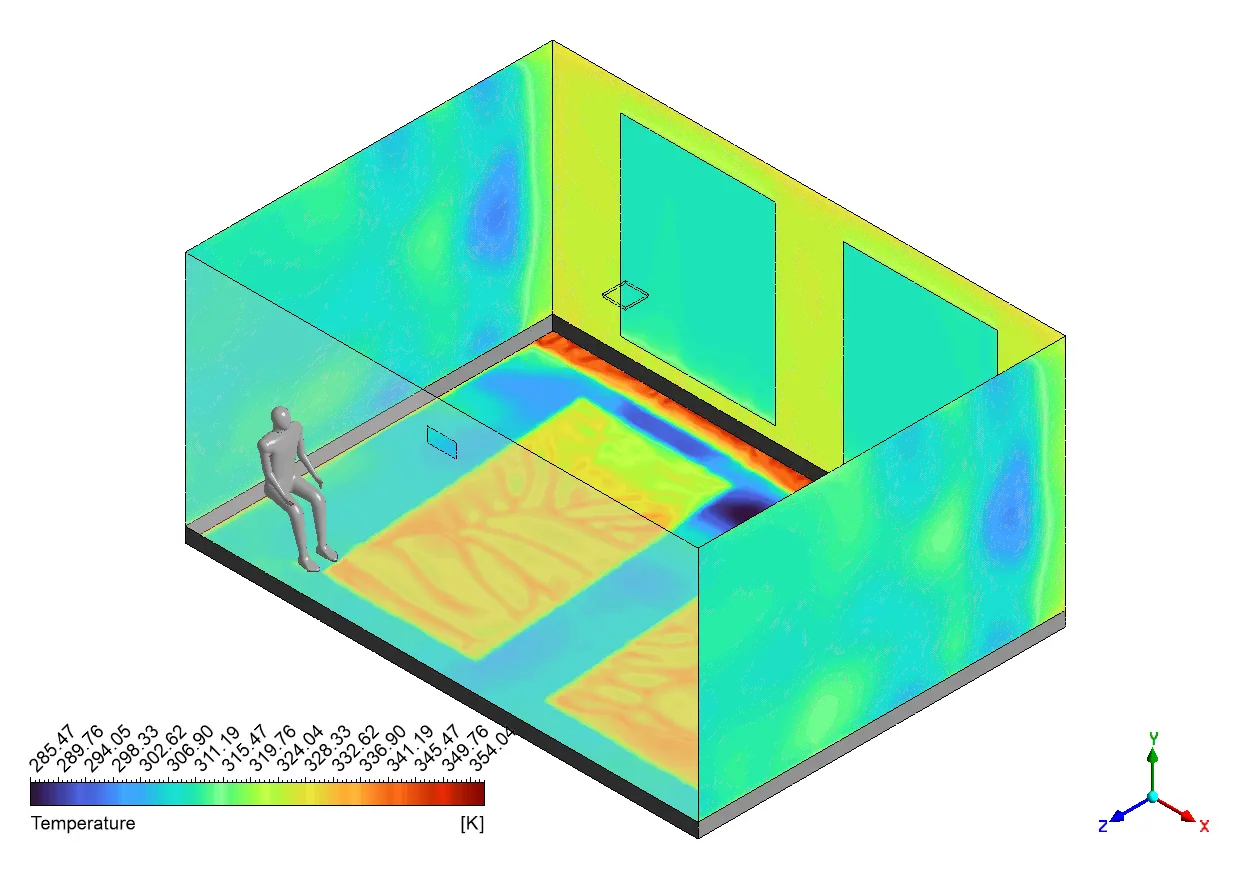






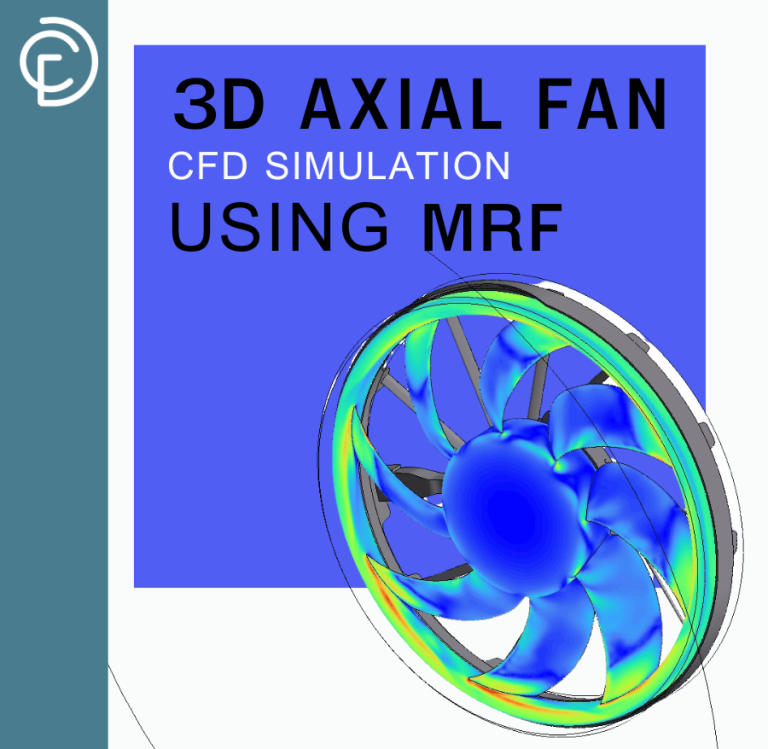
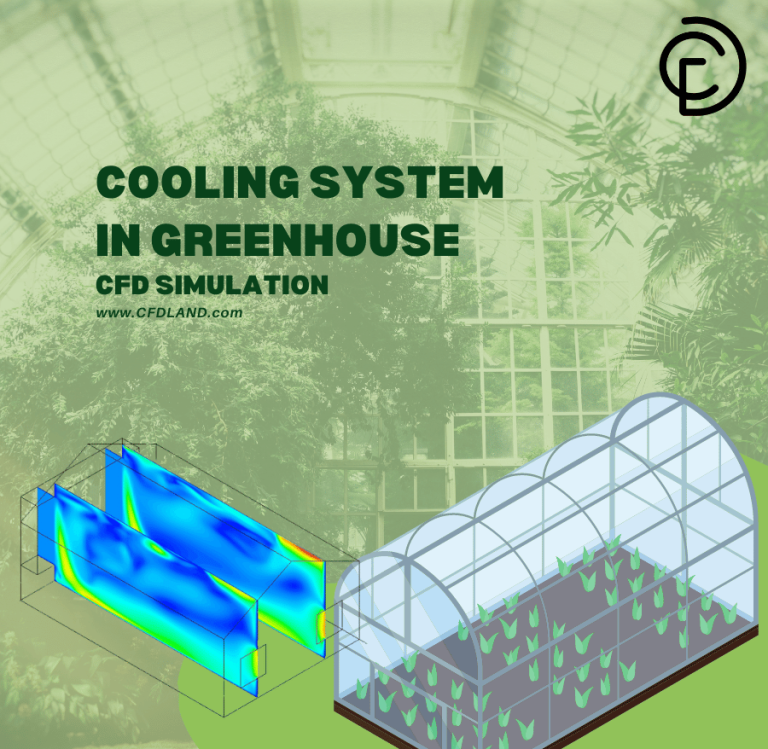

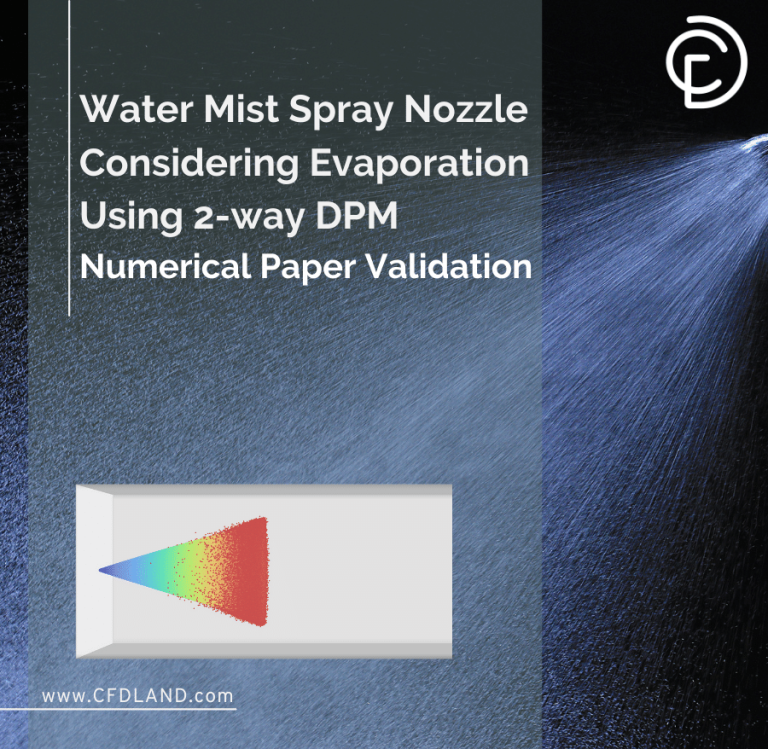
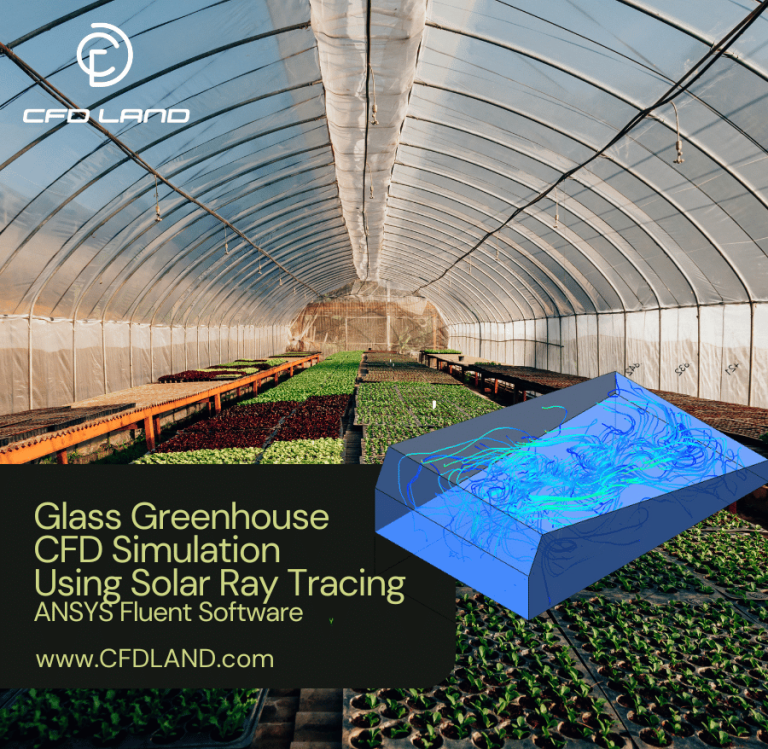
Reviews
There are no reviews yet.